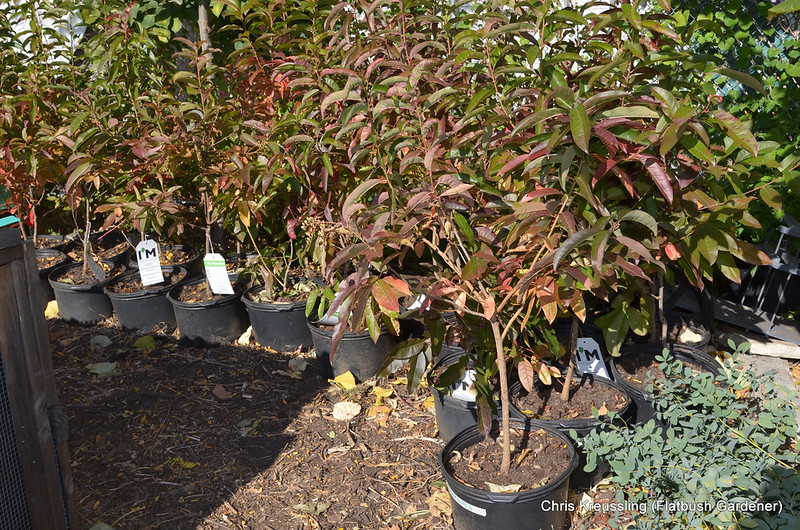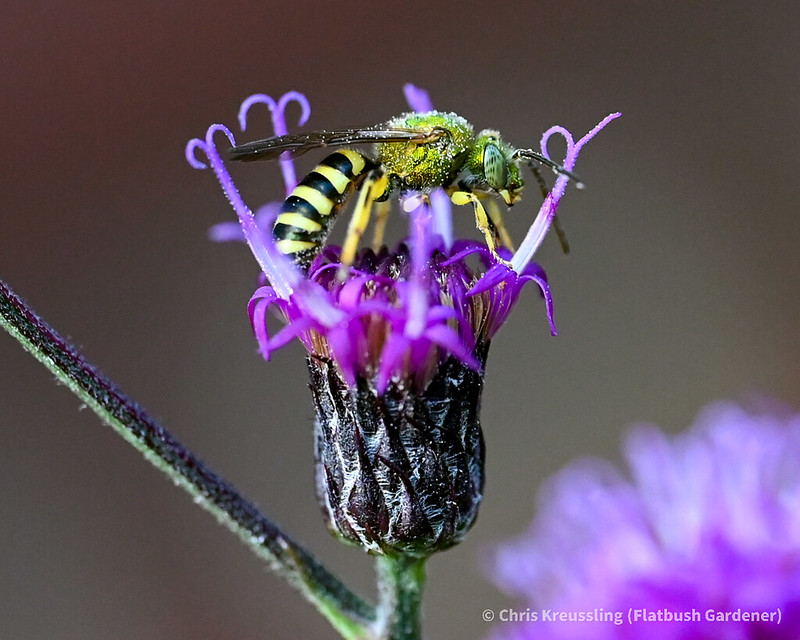Public events coming up over the next two months which I am hosting, leading, or otherwise involved.
Continue readingBrooklyn CNC 2023 Events and Locations
City Nature Challenge (CNC) 2023 is happening at the end of this month, from Friday, April 28, through Monday, May 1. Since 2019, I’ve been a Brooklyn “Borough Captain” for New York City’s participation.
This year, there are events happening all over Brooklyn on both Saturday and Sunday of CNC. All events listed here are free and open to the public. Some may offer, or recommend, registration.

You can find a complete list of all New York City CNC 2023 events on the official iNaturalist Project.
Continue readingU.S. Firefly Atlas
The Xerces Society, in collaboration with the IUCN SSC Firefly Specialist Group and New Mexico BioPark Society, has launched the Firefly Atlas project:
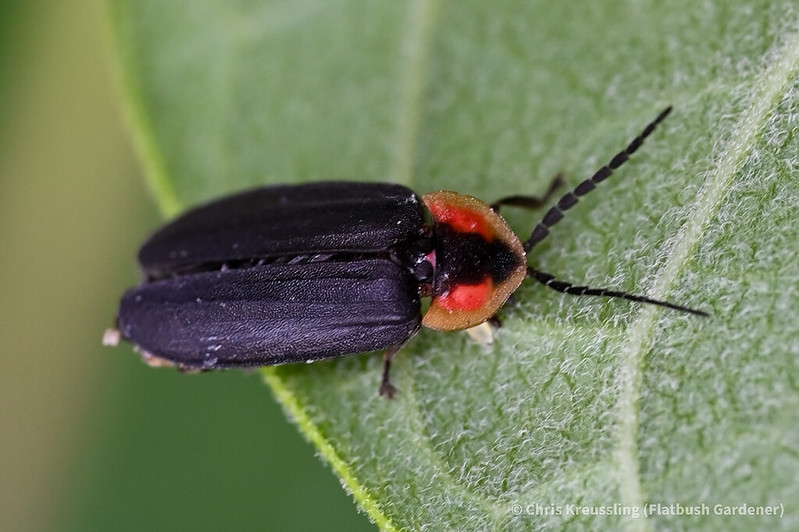
Continue readingThe Firefly Atlas is a collaborative effort to better understand and conserve the diversity of fireflies in North America. Launched in 2022, the project aims to advance our collective understanding of firefly species’ distributions, phenology, and habitat associations, as well as to identify threats to their populations.
Although the Atlas tracks all species described from the US and Canada, we are currently prioritizing efforts for a subset of 13 threatened and data deficient species found in three focal regions of the US: the Mid-Atlantic, Southeast, and Southwest. These priority regions were chosen based upon having a high number of threatened species and/or a high number of data deficient species. – What is the Firefly Atlas?
2023 NYRP Tree Giveaway
The annual New York Restoration Project Tree Giveaway starts in a month. This year, they’re offering the largest variety of native tree, and some shrub, species I’ve seen yet.
Consider the mature size of each species. The larger trees will grow too large for most urban yards. I highlighted shrubs and smaller tree species that max out at no more than around 50′ high and wide, without considering existing vegetation, outdoor structures, etc. Your conditions will vary!
Shrubs and Smaller Trees
- Allegheny Serviceberry
- American Hornbeam
- American Persimmon
- American Plum
- Eastern Redbud
- Elderberry
- Flowering Dogwood
- Highbush Blueberry
- Swamp White Oak
- Sweetbay Magnolia
- Washington Hawthorn
- White Fringe Tree
- Winged Sumac
- Witchhazel
Larger Trees
- American Beech
- Bald Cypress
- Basswood
- Black Cherry
- Black Gum
- Black Locust
- Eastern Red Cedar
- Honey Locust
- Northern Red Oak
- Pin Oak
- Red Maple
- Sycamore
- Willow Oak
Advance registration is mandatory. You select your preferred species when you register. Note that each location will only have 6-8 species. Some locations, especially smaller sites, are already “sold out” of some species.
Here are this year’s Brooklyn sites and pick-up dates.
- April 15: Red Hook Farms(Red Hook, Brooklyn)
- April 15: Wyckoff House Museum and State Senator Kevin S. Parker (Canarsie, Brooklyn)
- April 29: I.S. 318 Project Roots Community Garden and Councilmember Lincoln Restler(Williamsburg, Brooklyn)
- May 6: BPL Marcy Library and Councilmember Chi Ossé(Bedford-Stuyvesant, Brooklyn)
- May 13: BPL Brownsville Library(Brownsville, Brooklyn)
- May 20: Citizens(Brooklyn Heights, Brooklyn)
Related Content
2008-10-14: Tree Giveaway this Saturday in Sunset Park
2010-04-08: Put Down Roots: Million Trees NYC Tree Giveaway
Links
Who Cares About Honeybees, Anyway?
Originally published as a Guest Rant on Garden Rant, November 4, 2009. Recovered from the Internet Archive. I replaced the photo snapshot with a link to the high-res photo on Flickr. I’ve replaced archive links with current, active links where possible. Those that have since link-rotted are noted.

Colony Collapse Disorder (CCD) has been making the news rounds for a few years now. It’s old, if still current, news. Dire outcomes from the loss of honeybees have been proffered. For example, PBS recently introduced an online “ask the expert” feature with this:
Since the winter of 2006, millions of bees have vanished, leaving behind empty hives and a damaged ecosystem. [1]
Really? The ECOSYSTEM?! Did they not notice that honeybees aren’t part of the ecosystem?
Honeybees are livestock. They are animals which we manage for our uses. We provide them with housing and maintenance. We even move them from field to field, just as we let cows into different pastures for grazing.
Perhaps, if CCD can neither be prevented nor cured, disaster would come to pass. However, the underlying cause would not be the loss of the honeybees but our dependence on them as a consequence of unsustainable agricultural practices.
The old ways of farming include hedgerows, uncultivated areas between fields. The biodiversity of these patches provide substantial habitat for native pollinators, as well as other beneficial insects. When even these rough “unproductive” patches of land are cleared, we set the stage for the patterns that have come to dominate agriculture: more herbicides, more pesticides, more machinery. All of these also damage the soil food webs that support both soil fertility and agricultural ecosystems. Although manufactured inputs provide temporary relief, they reduce the ecological functions of the land, requiring more and greater inputs to achieve the same effect. This is the definition of addiction, and it’s a clear sign that this way of doing business is unsustainable.
Why do we need to ship and truck pollinators around? There are plenty of native pollinators to do the job, where we haven’t decimated their habitats. There are 4,000 species of bees alone in North America. 226 species are known in New York City. Many of them visit my gardens in Flatbush, Brooklyn; some have even taken up residence [2]. Many native bees are ground-dwellers which need only some open ground in which to dig their nests. When every patch of ground is cultivated, plowed under or paved over, native pollinators disappear. Suddenly, we “need” honeybees for pollination.
I care about the honeybees. I like my honey and beeswax candles. I support efforts to legalize beekeeping in New York City. But not at the expense of the biodiversity that is all around us, even in the city, if only we care enough to look for it, value it, and nurture it.
Dig Deeper
The Great Pollinator Project [original link defunct]
North American Pollinator Protection Campaign
Saving [Honey] Bees: What We Know Now [About CCD], NY Times, 2009-09-02
Notes
[1] Ask “Silence of the Bees” Expert Dr. Diana Cox-Foster, PBS Blog [original link defunct]
[2] “Cellophane Bees Return”, 2009-05-02 [sic, correct date below]
End of original guest rant.
Related Content
Cellophane Bees Return, 2009-05-09 [cited in the Notes above]
Bee Watchers Needed in NYC (and a rant), 2009-06-09 [This was the original blog post which led to the Guest Rant]
All my Bees posts
Links
Standing Still 2022: From Darkness
Maybe I am more like Demeter, weeping for the hold darkness has over others, while reaching and hoping for a time when we can bring everyone back into the light.
– Standing Still 2021: Demeter Waiting
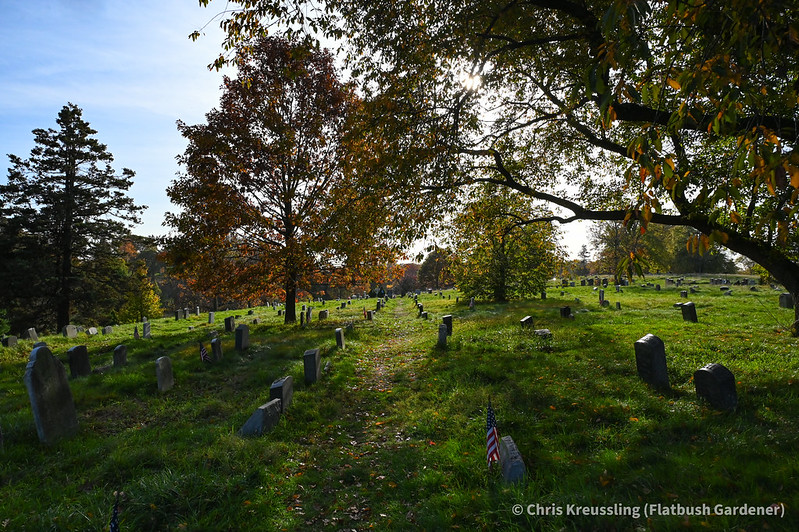
I write again for the solstice. The sun “stands still”, as do I.
I continue to grieve for the many lost to darkness, their own and others’. Though amplified over the past several years, it’s not new in my lifetime. From civil rights in the 60s to trans rights in the 20s, resistance and liberation are always met with hatred and violence.
Out of that grief, I am resolute.
I resist.
I will not quench joy.
I will not subdue celebration.
I will not hide our light from darkness.
Related Content
All my past Winter Solstice posts:
- 2021: Standing Still 2021: Demeter Waiting
- 2018: Standing Still in 2018
- 2016: Standing Still 2016
- 2015: Standing Still
- 2014: The Sun stands still
- 2010: From Dark to Dark: Eclipse-Solstice Astro Combo
- 2009: Standing Still, Looking Ahead
- 2008: Stand Still / Dona Nobis Pacem
- 2007: Solstice (the sun stands still)
Links
Wikipedia:
Grief and Gardening: Extinct Plants of northern North America 2022
As in past years, I’m limiting this list to northern North America for two reasons:
- Restricting this list geographically is in keeping with my specialization in plants native to northeastern North America.
- There are many more tropical plants, and plant extinctions, than I can manage.
In 2020, this paper:
Vascular plant extinction in the continental United States and Canada
caused me to expand my list from 6 to 59 species, including 7 extinct in the wild. The summary is terse, and grim:
Given the paucity of plant surveys in many areas, particularly prior to European settlement, the actual extinction rate of vascular plants is undoubtedly much higher than indicated here.
Extinct
- Agalinis caddoensis, Railroad near Shreveport, Louisiana. last observed 1913
- * Astilbe crenatiloba, Roan Mountain false goat’s beard, Roan Mountain, Tennessee, 1885
- Astragalus endopterus, near Cameron, Coconino County, Arizona. Last observed 1947
- Astragalus kentrophyta var. douglasii, Washington/Oregon?, 1883
- Astragalus robbinsii var. robbinsii, Vermont, 1894
- Atriplex tularensis, California, 1891
- Blephilia hirsuta var. glabrata, Manchester, Bennington County, ermont, 1932
- Boechera fruticosa, Yellowstone, Wyoming, 1899
- Brickellia chenopodina, Grant County, New Mexico, 1903
- Brickellia hinckleyi var. terlinguensis, Brewster County, Texas, 1937
- Calochortus indecorus, Sexton Mountain, Josephine County, Oregon, 1948
- Calochortus monanthus, Yreka, Siskiyou County, California, 1876
- Calystegia seium ssp. binghamiae, Santa Barbara, California
- Castilleja leschkeana, Point Reyes, Marin County, California, 1947
- Castilleja uliginosa, Pitkin Marsh, Sonoma County, California, 1984
- Cirsium praeteriens, Palo Alto, Santa Clara County, California, 1901
- Corispermum pallidum, Washington, 1931
- Crataegus austromontana, Sand Mountain region and Cumberland Mountains, Alabama and Tennessee, 1916
- Cryptantha aptera, Grand Junctino, mesa County Colorado, 1892
- Cryptantha hooveri, California, 1939
- Cryptantha insolita, north of Las Vegas, Nevada, 1942
- Dalea sabinalis, Texas, 1950s
- Digitaria filiformis var. laeviglumis, Hillsboro County, NH, 1931
- Diplacus traskiae, near Avalon, Santa Catalina Island, California, 1901
- Eleocharis brachycarpa, Tamaulipas, Mexico (1959) and Texas, 1834
- Elodea schweinitzii, New York and Pennsylvania, 1832
- Erigeron mariposanus, California, 1900
- Eriochloa michauxii var. simpsonii, Florida, 1966
- Govenia floridana, Miami-Dade County, Florida, 1964
- Hedeoma pilosa, Old Blue Mountain, Brewster County, Texas, 1940
- Helianthus nuttallii ssp. parishii, Orange County, California, 1937
- Helianthus praetermissus, Arizona (likely) or New Mexico, 1851
- Isocoma humilis, Washington County, Utah, 1971
- Juncus pervetus, Lewis Bay, West Yarmouth, Barnstable County, Massachusetts, 1927
- Lechea lakelae, Collier County, Florida, 1987
- Lycium verrucosum, Arroyo Cliffs, San Nicolas County, California, 1901
- Marshallia grandiflora, North Carolina, 1919
- Micranthemum micranthemoides, Mid-atlantic United States, 1941
- Monardella leucocephala, California, 1941
- Monardella pringlei, San Bernardino County, California, 1941
- * Narthecium montanum, Appalachian Yellow Asphodel, East Flat Rock Bog, Henderson County, North Carolina, 1919
- * Neomacounia nitida, Macoun’s shining moss, Belleville, Ontario, 1864
- * Orbexilum macrophyllum, bigleaf scurfpea, Polk County, North Carolina, 1899
- * Orbexilum stipulatum, large-stipule leather-root, Falls-of-the-Ohio scurfpea, Rock Island, Falls of the Ohio, KY, 1881
- Paronychia maccartii, Rio Grande Plains, Webb County, Texas, 1962
- Plagiobothrys lamprocarpus, Grants Pass, Josephine County, Oregon, 1921
- Plagiobothrys lithocaryus, Mayacamas Mountains, California, 1899
- Plagiobothrys mollis var. vestitus, Petaluma, Sonoma County, California, 1880
- Polygonatum biflorum var. melleum, Lake St. Clair, north of Detroit, Michigan and Windsor, Ontario, 1937
- Potentilla multijuga, South Coast Ballona Marsh, Los Angeles County, California, 1893
- Potentilla uliginosa, Cunningham Marsh, Sonoma County, California, 1947
- Proboscidea spicata, Rio Grande, Texas, 1967
- Quercus tardifolia, Chisos Mountains, Brewster County, Texas, 2007
- Ribes divaricatum var. parishii, California, 1980
- Rumex tomentellus, Willow Creek, Mogollon Mountains, Catron County, New Mexico, 1954
- Sesuvium trianthemoides, Kenedy County, Texas, 1947
- Sphaeralcea procera, Deming, Luna County, New Mexico, 1943
- Tephrosia angustissima var. angustissima, Pine Rocklands, Florida, 1947 (1985?)
- * Thismia americana, banded trinity, Lake Calumet, Cook County, Illinois, 1916
Extinct in the wild (IUCN Red List code EW)
- Arctostaphylos franciscana, Central Coast, San Francisco County, California. Last observed in the wild 2009
- Crataegus delawarensis, Delaware, 1903
- Crataegus fecunda, Arkansas, Illinois, Kentucky, Missouri, 1930s
- Crataegus lanuginosa, Webb City, Jasper County, Missouri, 1957
- Euonymous atropurpurea var. cheatumii, Dallas County, Texas, 1944
- * Franklinia alatamaha, Franklin Tree
- Prunus maritima var. gravesii, beach plum, groton, New London County, Connecticut, 2000
Related Content
Extinct Plants of northern North America, 2014-11-30
Links
IUCN Red List: List of species extinct in the wild
Extinct and Extirpated Plants from Oregon (PDF, 5 pp)
Eastern North America Native Groundcovers
These are some of the Eastern North American species suitable for groundcover, most of which I have grown in my gardens over the decades. Some of these prefer shade, some prefer sun. Most of these will spread by runners, stolons, and the like, as “true” groundcovers. Others are effective as groundcovers because of their habit and crown expansion over time.
- Asarum canadense, wild ginger
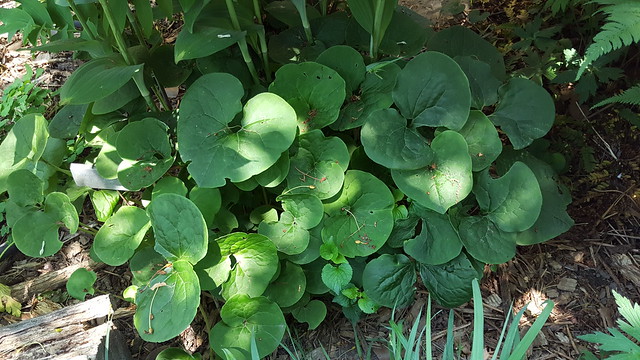
- Athyrium filix-femina, lady fern
- Carex, sedges, hundreds of species, e.g.: Carex pensylvanica, Pennsylvania sedge
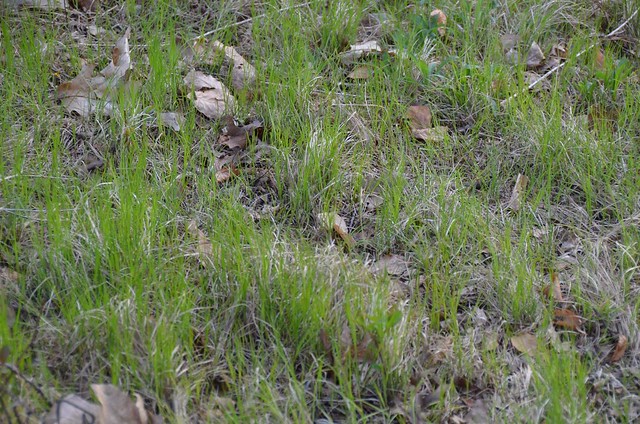
- Chrysogonum virginianum, green-and-gold
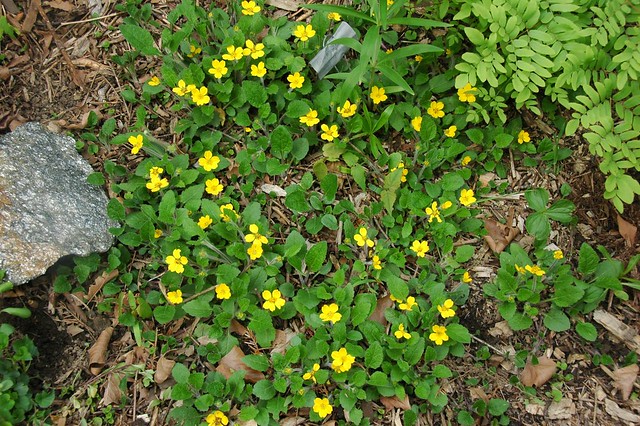
- Geranium maculatum, wild geranium
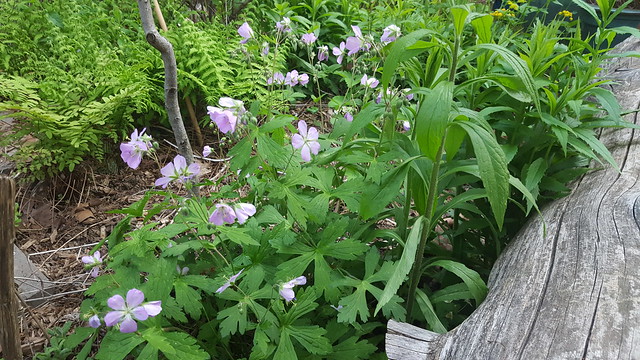
- Heuchera americana (sunnier)
- Heuchera villosa (shadier)
- Onoclea sensibilis, sensitive fern
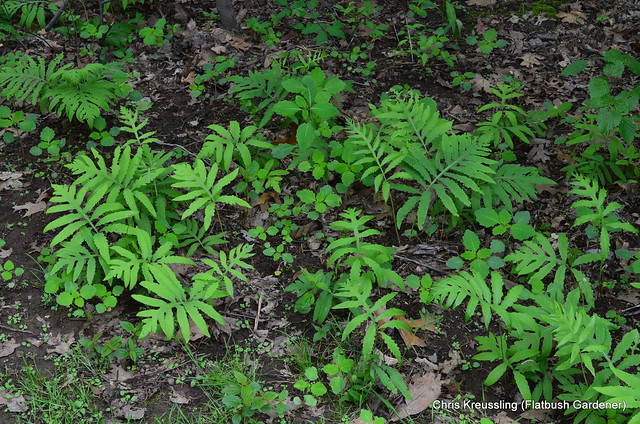
- Pachysandra procumbens, Allegheny spurge
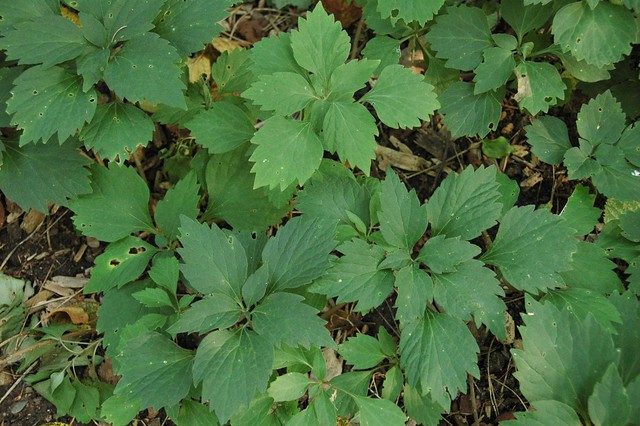
- Packera aurea, golden ragwort. Many other species native to North America.
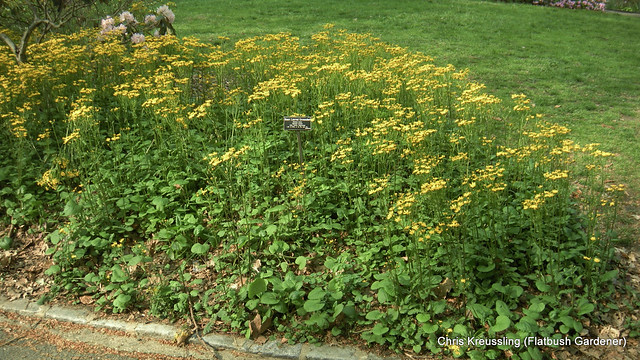
- Phlox subulata, mosspink, for sun.
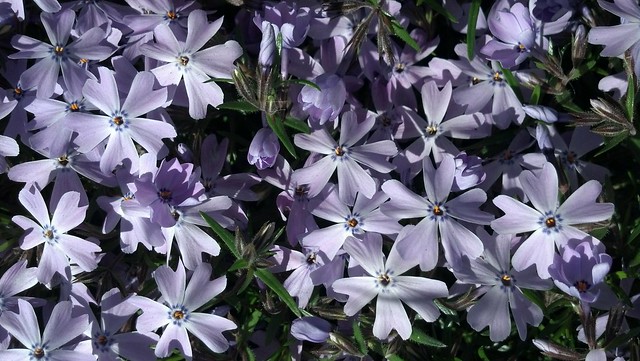
- Phlox stolonifera, creeping phlox, for shade.
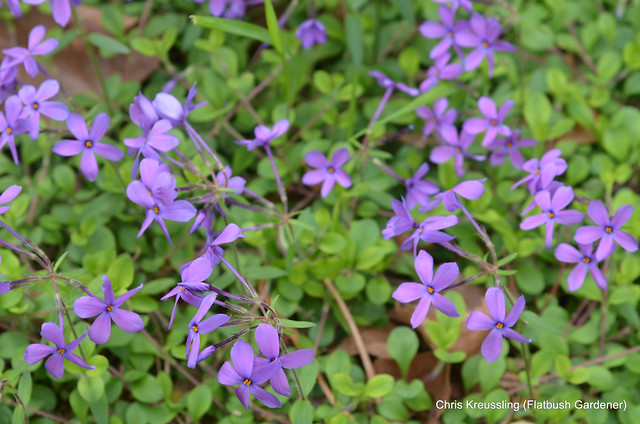
- Sedum ternatum
- Thelypteris noveboracensis, New York fern
- Thelypteris palustris, marsh fern
- Tiarella cordifolia, hearttleaf foamflower
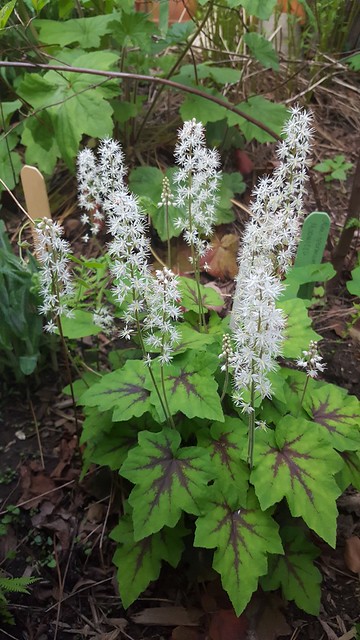
- Zizia aurea, golden alexanders. Also Z. aptera.
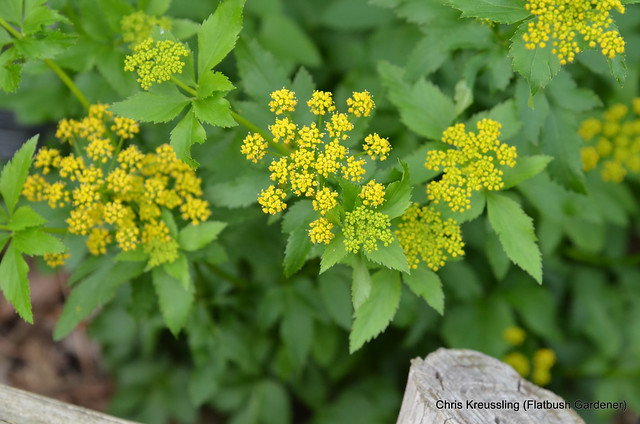
Related Content
2009-05-11: Wildflowers in a Flatbush Backyard
2007-08-06: Growing a Native Plant Garden in a Flatbush BackyardWildflowers in a Flatbush Backyard
This list replaces the one I wrote 6 years ago.
Links
Grief and Gardening: Index
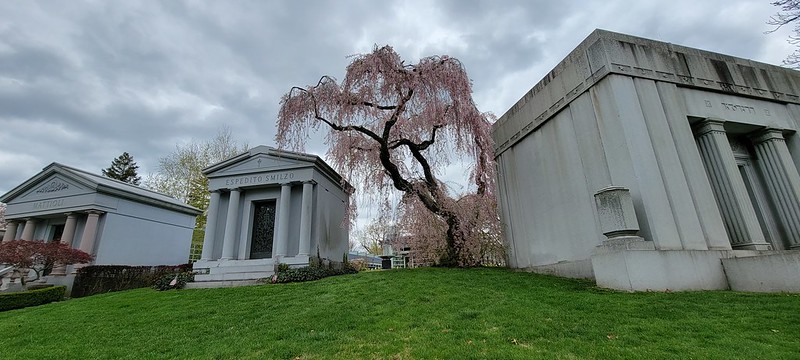
Next Tuesday, September 20th, I will be the guest speaker for Green-Wood Cemetery’s Death Cafe. Next week is also Climate Week; the topic is “Grief and Gardening”, that title taken from the long-running series of blog posts here.
Listed below are my related blog posts, grouped by topic. For now, I’m omitting all the eulogies and remembrances for the deaths of family, friends, and pets.
Grief and Gardening: Ashes (Remembrance Day for Lost Species), published 2019-12-02, is one of my favorite writings on the subject of grief. It weaves together nearly all the topics below.
Biodiversity Loss
Remembrance Day for Lost Species Day, aka Lost Species Day, is November 30th. Many of these blog posts are on or near that date.
Grief and Gardening: Extinct Plants of northern North America 2021, 2021-11-30
Extinct Plants of northern North America 2020, 2020-11-30
Extinct Plants of northern North America 2018, 2018-11-30
Extinct Plants of northern North America 2015, 2015-11-29
Extinct Plants of northern North America, 2014-11-30
Climate Change
The IPCC Report: Grief & Gardening #6, 2007-02-04
https://www.flatbushgardener.com/2007/11/23/gardening-as-if-our-lives-depended-on-it/
COVID-19
Grief and Gardening: A Dissetling Spring, 2020-03-19
Drumbeat, 2020-03-27
Grief and Gardening: A Feast of Losses, 2020-04-06
Correspondence, April 2020, 2020-04-13
Grief and Gardening: The Defiant Gardener, 2020-05-06
I adapted some of what I wrote on the blog, and several of my tweets on this subject, for a short post on McSweeney’s: “Do Not Deny What You Feel“. The McSweeney’s piece was later picked up by YES! Magazine. Search for “Flatbush”. or “AIDS”.
9/11
Grief and Gardening: 20 Years, 2021-09-11
Grief and Gardening: Remains of the Day, 2019-07-11
Grief & Gardening: Nine Years, 2010-09-11
Seven years, 2008-09-10
In the Shadow (How shall my heart be reconciled to its feast of losses?), 2007-08-08
Grief & Gardening #2: Five Years After, “Ths Transetorey Life”, 2006-09-09
Grief & Gardening #1: 1, 5 and 25, 2006-09-04
Without God, 2001-10-15
This Week in History, 2001-09-14
AIDS
Names, 2021-12-01 (World AIDS Day)
Off-Topic: The Conversation: 2016-03-12 (on Nancy Reagan’s death)
In the Shadow (How shall my heart be reconciled to its feast of losses?), 2007-08-08
Miscellaneous
2006-10-08: Grief & Gardening #3: Nihilism and Squirrels
Gardening Matters: The death of Takeo Shiota (Grief & Gardening #4), 2006-10-29
The Daffodil Project: Grief & Gardening #5, 2006-11-26
https://www.flatbushgardener.com/2007/06/28/grief-gardening-7-the-garden-of-memory/< Continue reading
Sunday, May 22: Habitat Gardening Workshop for NYC Wildflower Week
2022-05-13 UPDATE: A second session is now available for Sunday, May 22, 12 noon to 2pm! Registration links below now point to the new event.
2022-05-09 UPDATE: Due to the rainy, windy, cold weather yesterday, we will be scheduling another session of this workshop for later this week, most likely for the afternoon of Friday, May 13th. Will update here when confirmed!
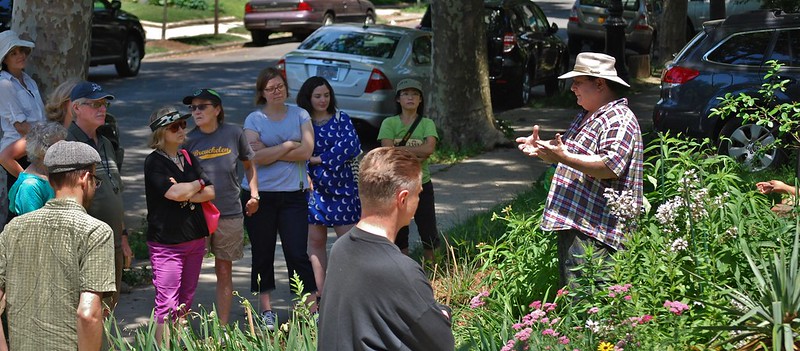
Sunday, May 22nd 6th, I will be hosting and facilitating a workshop on gardening for habitat with native plants in my home garden. The workshop is from 12noon to 2pm. Space is limited, so please register at the Eventbrite link below.
Learn how to garden with native plants to create wildlife habitat, even in small urban gardens. In this interactive garden tour and workshop, Chris will use his garden to highlight the importance of native plants for sustaining urban wildlife, and how to create and maintain a garden for its ecological value. With nearly 200 NYC-native plant species, and over 400 documented insect visitors, you are sure to learn something new and find inspiration for improving habitat wherever you garden.
Presented by Chris Kreussling. Chris is an urban naturalist and advocate for urban habitat gardening with native plants. He has led numerous native plant and pollinator walks and workshops, for NYC Wildflower Week, Wave Hill, the High Line, and others. His garden is a registered habitat with the National Wildlife Federation, Xerces Pollinator Society, and other organizations. He’s documented this ongoing transformation on his gardening blog, Flatbush Gardener and on Twitter as @xrisfg.
Related Content
Insect Year in Review 2021, 2022-01-03
Hot Sheets Habitat, 2021-11-19
Documenting Insect-Plant Interactions, 2021-10-29
Presentation: Creating Urban Habitat, 2021-02-04
Home of the Wild, 2020-05-13 (Link fixed 2024-04-17)
Pollinator Safari: Urban Insect Gardening with Native Plants, 2019-06-08
Charismatic Mesofauna, 2019-02-12
Pollinator Gardens, for Schools and Others, 2015-02-20
NYCWW Pollinator Safari of my Gardens, 2014-06-14

